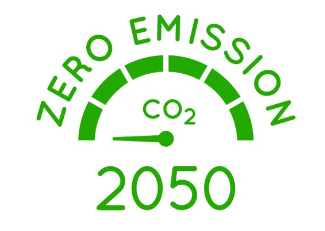Solar farms are an increasingly popular way to generate electricity, with solar panels stretching across open land to harvest the sun’s rays. Many hold a capacity of 49.4MW due to the Nationally Significant Infrastructure Projects threshold for projects above 50MW. Read below to find out about 10 of the biggest farms that are helping to achieve this.
Who are the biggest?
With many solar farms currently registered as being 49.9MW, it’s tricky to pick just ten. It’s ever-growing too, with new farms in the planning stages and solar panel installers Weston and elsewhere currently working hard to build others.
However, the list below gives a current idea of the largest ten currently, with this likely to evolve with time.
1) Llanwern solar farm, Newport, Wales: 49.9MW
2) South Lowfield solar farm, Kirkby Fleetham, North Yorkshire: 49.9MW
3) Shotwick solar park, Flintshire, Wales: 49.9MW
4) Lark’s Green solar farm: 49.9MW
5) South Farm, Dorset: 49.9MW
6) West Raynham RAF solar farm, North Norfolk: 49.9MW
7) The Grange solar farm, Newark, Nottinghamshire: 49.9MW
8) Owl’s Hatch solar park, Herne Bay, Kent: 49.9MW
9) Lyneham RAF airbase (Bradenstoke Solar Park), Bradenstoke, Wiltshire: 49.9MW
10) Wroughton Airfield (Swindon Solar Park), Swindon: 49.9MW
There are also other farms measuring 49.9MW, including Ockendon, Coltishall, Defford Aerodrome, Inkersall Grange, and Branston. There are further, smaller, sites in existence, with solar panel installers in Weston and elsewhere having built sites with a more compact footprint, that still add towards the estimated 1,000 UK solar farms, which together with household panels generate approximately 15.2GW of electricity.
Going bigger
There are applications for even larger farms, with the BBC reporting that one in Hertfordshire has applied that will be larger than 88 football pitches. This expansion is needed if we hope to meet the legally binding target of net zero by 2050, set by the Climate Change Act 2008.
Solar farms and panels are initially expensive, but they’re an ideal way to work towards meeting the net zero target and generating less harmful energy to power our homes.





